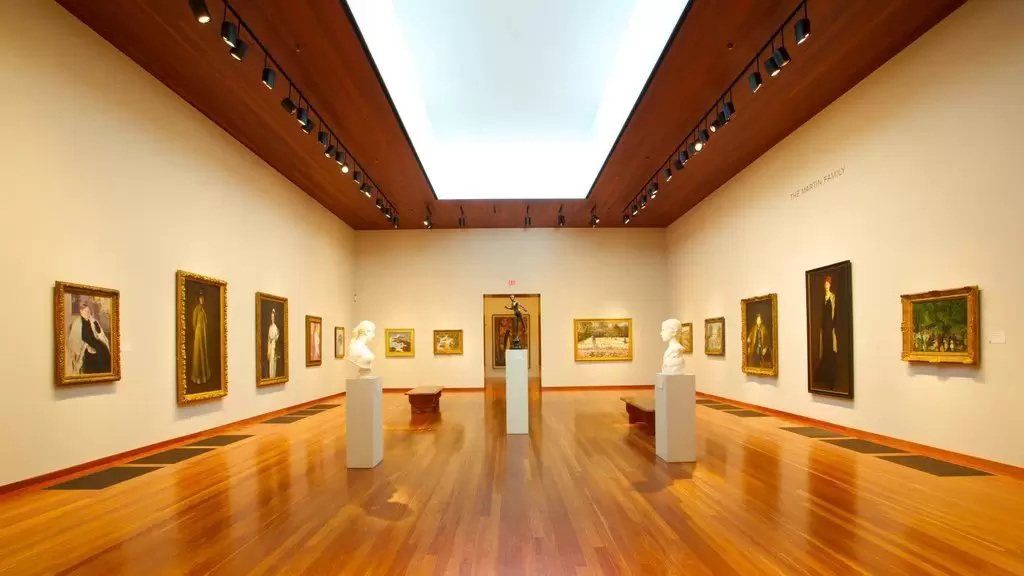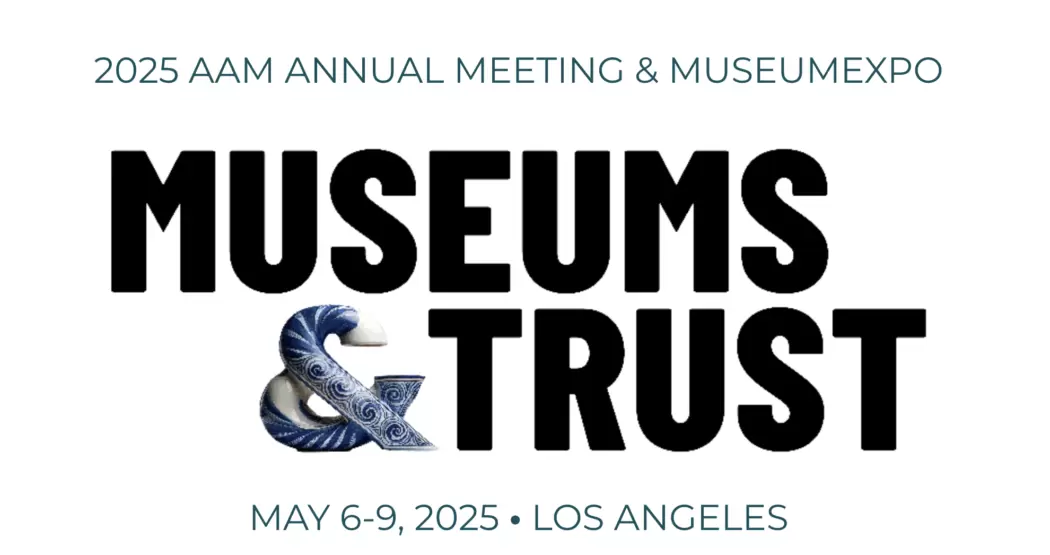The .ART Art Market Recap: Free Museum Days in San Francisco, Important Ancient Roman Discoveries, and Instagram entering the NFT Marketplace
This week we’re covering it all! NFT news, art crime, archeological treasures, and more!


Featured Image: de Young Museum, San Francisco
In heartwarming news, an anonymous donation has enabled 21 San Francisco galleries to offer free admission during the weekend of December 3. As a major tech centre, San Fracisco suffered during the Covid-19 pandemic with institutional shut downs and fewer workers going into physical office spaces. Like many other metropolitan centres, many moved out the the city centre which impacted museum visitors and overall cultural engagement in the city.
“The San Francisco Free Museum Weekend couldn’t come at a better time,” said Jay Xu, the director and CEO of the Asian Art Museum, in an interview with Datebook. “As we re-emerge from the challenges of the past months, Bay Area museums are here to help our communities reconnect with each other and with the artists that inspire them.”
On December 3rd, admissions fees will be waved at the Fine Arts Museums of San Francisco’s de Young Museum and Legion of Honor, the Cartoon Art Museum, the Museum of Craft and Design, the Walt Disney Family Museum, the California Academy of Sciences, the GLBT Historical Society Museum, the American Bookbinders Museum: Letterform Archive, SF Camerawork, the McEvoy Foundation for the Arts, the Truhlsen-Marmor Museum of the Eye, the Institute of Contemporary Art San Francisco, and the Minnesota Street Project.
On December 4, the San Francisco Museum of Modern Art, the Contemporary Jewish Museum, the Museum of African Diaspora, the Yerba Buena Center for the Arts, the Children’s Creativity Museum, the Asian Art Museum, and the Exploratorium will join these institutions.
“In these economically challenging and politically divided times, museums provide a critical place of discourse, reflection and inspiration,” Thomas P. Campbell, director and CEO of the Fine Arts Museums of San Francisco, said in a statement quoted by Datebook. “Increasing access to art spaces and removing barriers to experiencing art is crucial.”

Thirty paintings amounting to nearly $5 million and owned by sanctioned Russian oligarch Alisher Usmanov have been seized by German police, the German newspaper Süddeutsche Zeitung reported on Monday. Until 2021, the works were being displayed on Dilbar, Usmanov’s $600 million superyacht. While the yacht was being renovated in Hamburg the works were moved into storage. Usmanov purportedly did not declare all his assets in Germany, including artworks, according to Süddeutsche Zeitung.
Investigators had searched the Munich and Frankfurt branches of Swiss bank UBS to collect evidence in a suspected money-laundering case. The case also encompassed an evasion of up to €555 million in taxes and infractions to the law of foreign trade.
Earlier this year, Usmanov was sanctioned due to his purported close ties with the Kremlin and Russian President Vladimir Putin. The European Union sanctioned Usmanov in response to Russian’s invasion of Ukraine.

The superyacht Dilbar pulled into a covered floating dock at Luerssen shipyards, 2022. PHOTO FOCKE STRANGMANN/AFP VIA GETTY IMAGES
Italian archaeologists have discovered ‘exceptional’ bronze statues in Tuscany this week. More than two dozen preserved bronze statues were uncovered in the muddy waters of an ancient bathhouse in the town of San Casciano dei Bagni in Siena. The artifacts were found covered by nearly 6,000 bronze, silver and gold coins with additional smaller statues uncovered by the archaeological team.
Italian Culture Minister Gennaro Sangiuliano called it an “exceptional discovery,” while Jacopo Tabolli, an assistant professor for the University for Foreigners in Siena stated that it is “a discovery that will rewrite history and on which over 60 experts from all over the world are already at work.” Most of the statues are thought to be from between the 2nd century B.C.E. and the 1st century C.E., when ancient Tuscany switched from Etruscan to Roman rule, according to Sangiuliano.
“While there were social and civil wars being fought outside the sanctuary … inside the sanctuary the great elite Etruscan and Roman families prayed together in a context of peace surrounded by conflict,” Tabolli said. “This possibility to rewrite the relationship and dialectic between the Etruscan and Romans is an exceptional opportunity.” The find represents the largest deposit of bronzes from this era in Italy, significant as the surviving antiquities of this period are largely terracotta pieces.
The ministry said the statues have been taken to a restoration laboratory, the Central Institute of Restoration, in nearby Grosseto, but will eventually be put on display in a new museum in San Casciano.

A statue is seen at the site of the discovery of two dozen well-preserved bronze statues from an ancient Tuscan thermal spring in San Casciano dei Bagni, central Italy. ITALIAN CULTURE MINISTRY — AP
Instagram is testing out a new feature that will allowing users to mint and sell NFTs on the platform courtesy of the Polygon blockchain. Earlier in May, we reported on Meta gave users the ability to connect their Instagram account with a cryptowallet. Now the platform has made a major step forward in becoming an NFT marketplace. As part of its annual Creator Week, it’s trialing the feature with a group of crypto artists, including Amber Vittoria, Refik Anadol, Drift, and Diana Sinclair.
“The new feature will enable everyone to create NFTs,” Digital artist Olive Allen told Artnet News. “It will allow artists and content creators to find new ways to connect to their communities; I believe this is a step in the right direction towards mass adoption and metaverse creation.” The artist is planning on minting a small collection and “most of the pieces will be affordable, so people new to NFTs can join the community and feel included,” she said.
The initiative aims to streamline the ecommerce marketplace for creators and will not begin charging fees to create or sell NFTs until 2024.

Courtesy Olive Allen
A painting by abstract Dutch artist Piet Mondrian has been hanging upside down since it was first put on display 75 years ago. The work has been displayed in a number of museums in it’s incorrect orientation, however art historians suggest that rotating the work to it’s intended orientation could damage the piece.
‘New York City I”, was first put on display at New York’s MoMA in 1945 but has hung at the art collection of the German federal state of North Rhine-Westphalia in Düsseldorf since 1980. The work is made up of intricately built up red, yellow, black, and blue adhesive tapes over canvas. Curator Susanne Meyer-Büser stated that “The thickening of the grid should be at the top, like a dark sky. Once I pointed it out to the other curators, we realised it was very obvious. I am 100% certain the picture is the wrong way around.”
On the possibility of turning the piece, “The adhesive tapes are already extremely loose and hanging by a thread,” Meyer-Büser said. “If you were to turn it upside down now, gravity would pull it into another direction. And it’s now part of the work’s story.”
A photograph of Mondrian’s studio, taken a few days after the artist’s death and published in a 1944 edition of Town and Country, also shows the same picture sitting on an easel flipped the other way up compared to the works current orientation. The work is unsigned, however, which possibly contributed to the confusion in hanging the artwork for display. In any event, the artwork is on display in the “Mondrian Evolution” show that opened October 29th at Kunstsammlung Nordrhein-Westfalen in Dusseldorf, Germany.

The work does not bear Mondrian’s signature, possibly because he hadn’t deemed it finished. Photograph: Henning Kaiser/DDP/AFP/Getty Images





